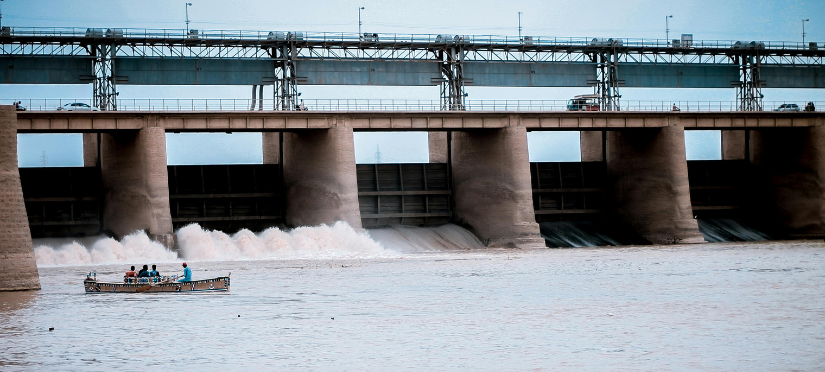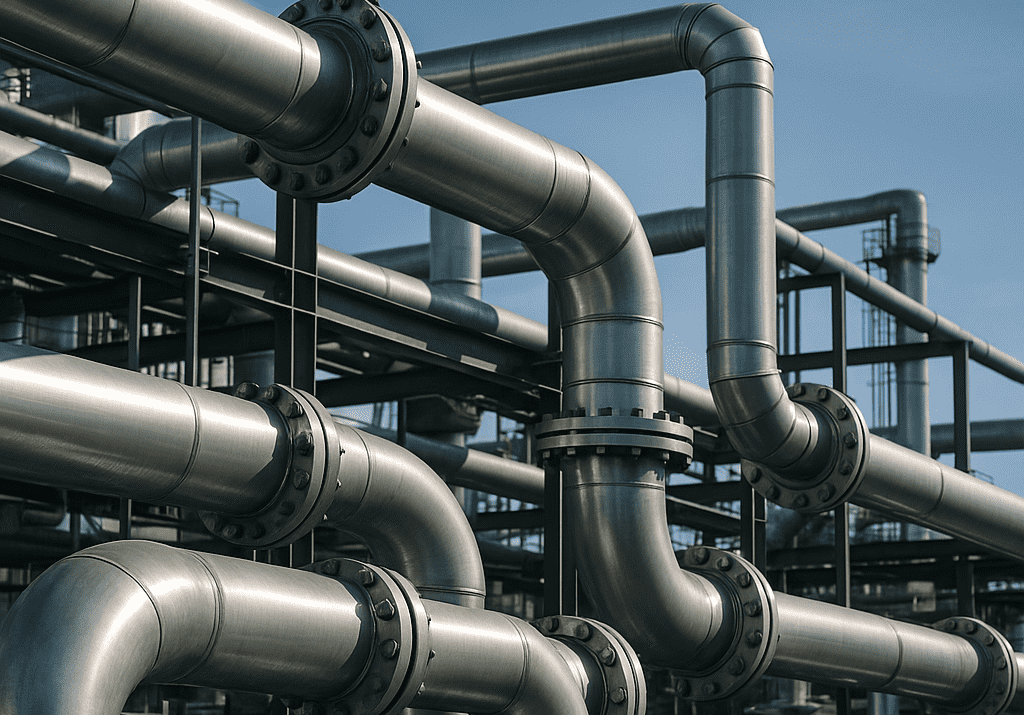Sluice Gate Vs Weir Gate

Sluice and weir gates act as barriers to control water levels and flow rates in water treatment plants, dams, rivers, canals, etc. Sluice gate operations allow the water to flow under it, whereas the weir gate is operated by opening downwards to allow the water to flow over the top of the gate. Both these gates operate differently, and each is best suited for specific applications.
As we know, sluice gates and weir gates primarily control the flow and level of the water. They differ in their applications based on their location and operational requirements in a water management system. Sluice gate opening makes it ideal for use as spillways, as they operate efficiently against tremendous water pressure on one side of the gate in large dam settings. On the other hand, the weir gate mechanism is ideal for small dams and reservoirs.
Weir gates are ideal for controlling soil erosion as they slow down the flow of water upstream, thereby aiding sediments to settle. The water that flows over the top of the weir gate has low silt concentration. Weir gates help in altering the water level height both upstream and downstream. The increase in water levels upstream facilitates recreational activities and helps reduce flooding.
Contrary to weir gates, in a large dam, sluice gates are used as silt excluders. The upstream water flow is divided into pockets of still water for use in the canals. The still water pockets are designed to facilitate sedimentation. Sluice gates in still water pockets are used for silt movement from upstream to downstream areas.
Sluice gate opening allows easy movement of fish in canals/channels. Whereas, weir gates protect the upstream water body from invasion.
Weir gates are effective in controlling water levels and in measuring the flow of water. By measuring the height of the water over the weir, the flow rate is calculated. The flow rate data is valuable for managing and accessing water resources, for hydrological studies, and it aids the decision-making process. Sluice gate operations are mainly directed at controlling water levels.
In industrial applications, sluice gates are used to control and isolate liquids for a wide range of processes. For example, in water, wastewater, or sewage treatment plants, sluice gates are used at various stages – right from pumping to decanting. Weir gates in industrial processes are used to separate floating debris for certain applications.
Both sluice and weir gates share common applications which are:
- • Water flow control
- • Flood control
- • Irrigation schemes
- • Drainage systems
- • Soil conservation
- • Decanting
- • Fluid isolation and flow regulation
Sluice and weir gates are controlled manually, automatically, or remotely. The widely used non-corrosive materials of construction are cast iron and stainless steel. For specific applications, the gates must be chemical resistant.
Sluice gates and weir gates play a vital role in water management schemes. Both gates manage the water levels, reduce flooding, and ensure a steady water supply for irrigation, and other industrial uses.
Overall, sluice and weir gates are versatile and efficient tools for controlling water levels in various settings.





